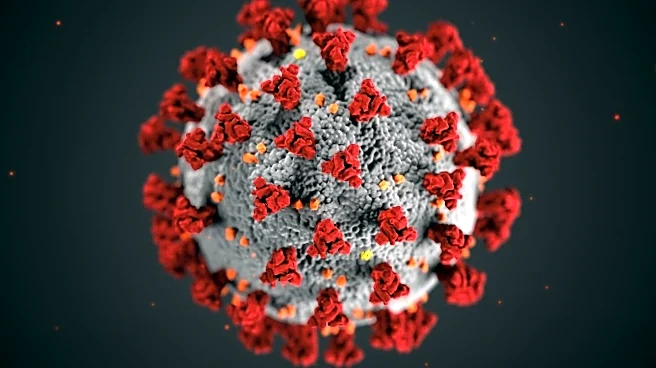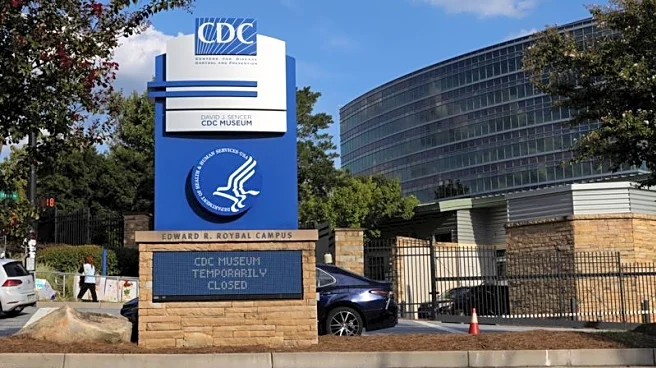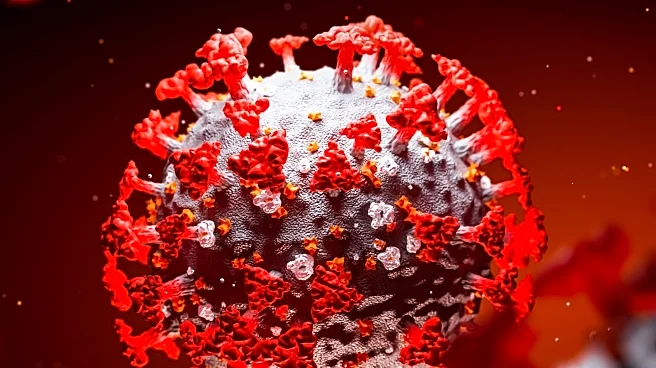What's Happening?
The World Health Organization (WHO) has released a report indicating a rise in global suicide rates, with 727,000 deaths in 2021, marking a 3.4% increase from 2019. Suicide remains a leading cause of death among individuals aged 15-29, particularly in low- and middle-income countries. The report emphasizes the complex interplay of social determinants and individual risk factors contributing to suicidal behavior. WHO's LIVE LIFE initiative advocates for a multisectoral approach to suicide prevention, including limiting access to means of suicide, responsible media coverage, and early risk identification. The International Association for Suicide Prevention is promoting the 'Change the Narrative' campaign to reduce stigma and encourage open discussions about suicide.
Why It's Important?
Suicide is a significant public health issue, affecting families and communities worldwide. The increase in suicide rates underscores the need for comprehensive prevention strategies that address both social and individual factors. The WHO's initiative and the 'Change the Narrative' campaign aim to foster a more supportive environment for those at risk, potentially reducing suicide rates through increased awareness and intervention. The focus on reducing stigma and promoting open dialogue is crucial for effective prevention, as it encourages individuals to seek help and support.
What's Next?
The upcoming World Suicide Prevention Day on September 10 will serve as a platform to raise awareness and promote understanding of suicide prevention strategies. The campaign will utilize social media to inspire conversations and challenge barriers to support. Continued advocacy and strategic action are necessary to implement effective prevention measures globally. Stakeholders, including health systems, policymakers, and community organizations, are expected to collaborate on initiatives that address the root causes of suicide and provide support to affected individuals.
Beyond the Headlines
The report highlights the need for culturally informed strategies in suicide prevention, particularly in low- and middle-income countries. It calls for the involvement of local stakeholders to develop interventions that are tailored to specific regional needs. The emphasis on co-designed research and community empowerment reflects a shift towards more inclusive and effective prevention efforts. This approach could lead to long-term improvements in mental health support and reduce suicide rates globally.












